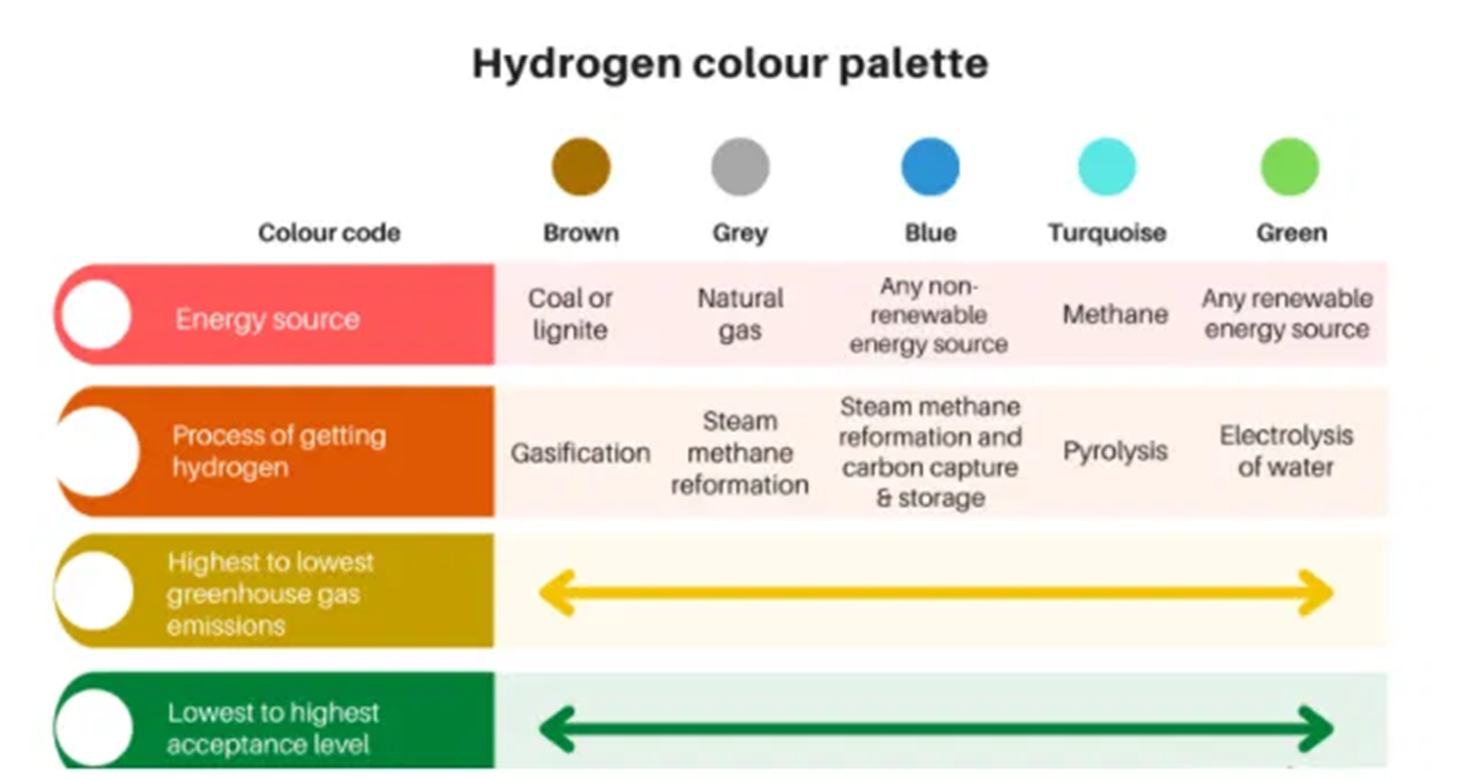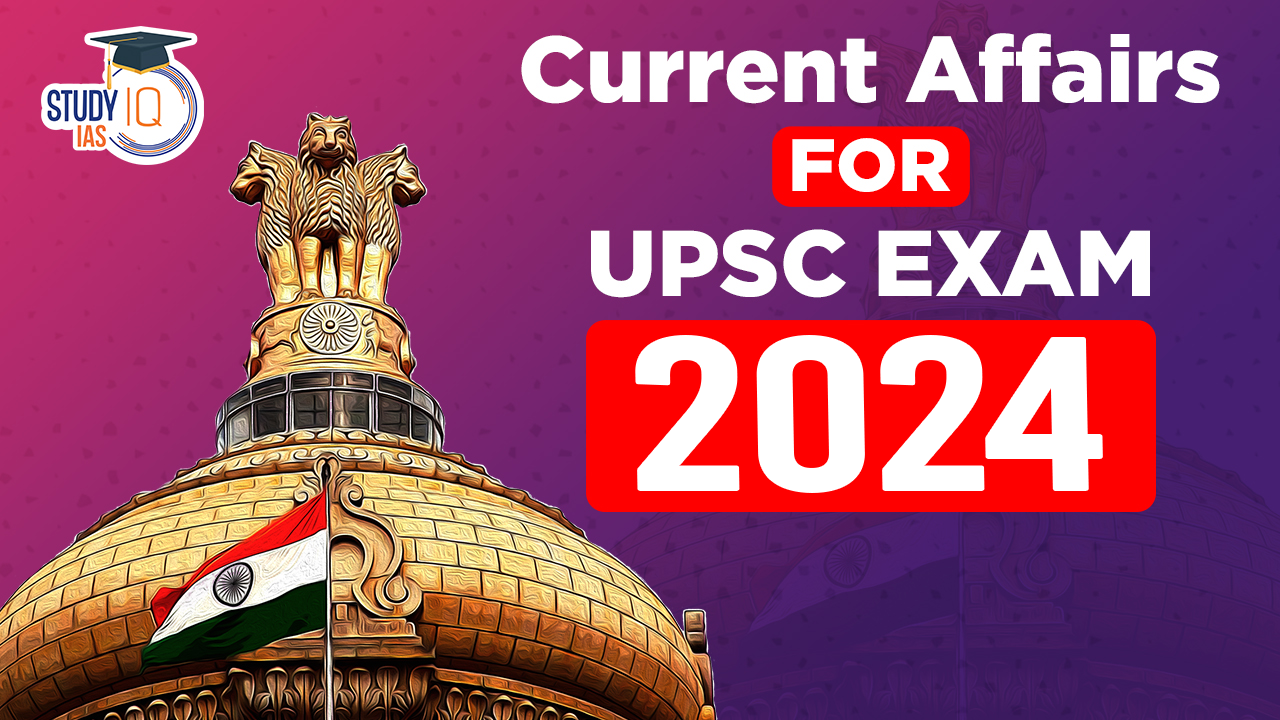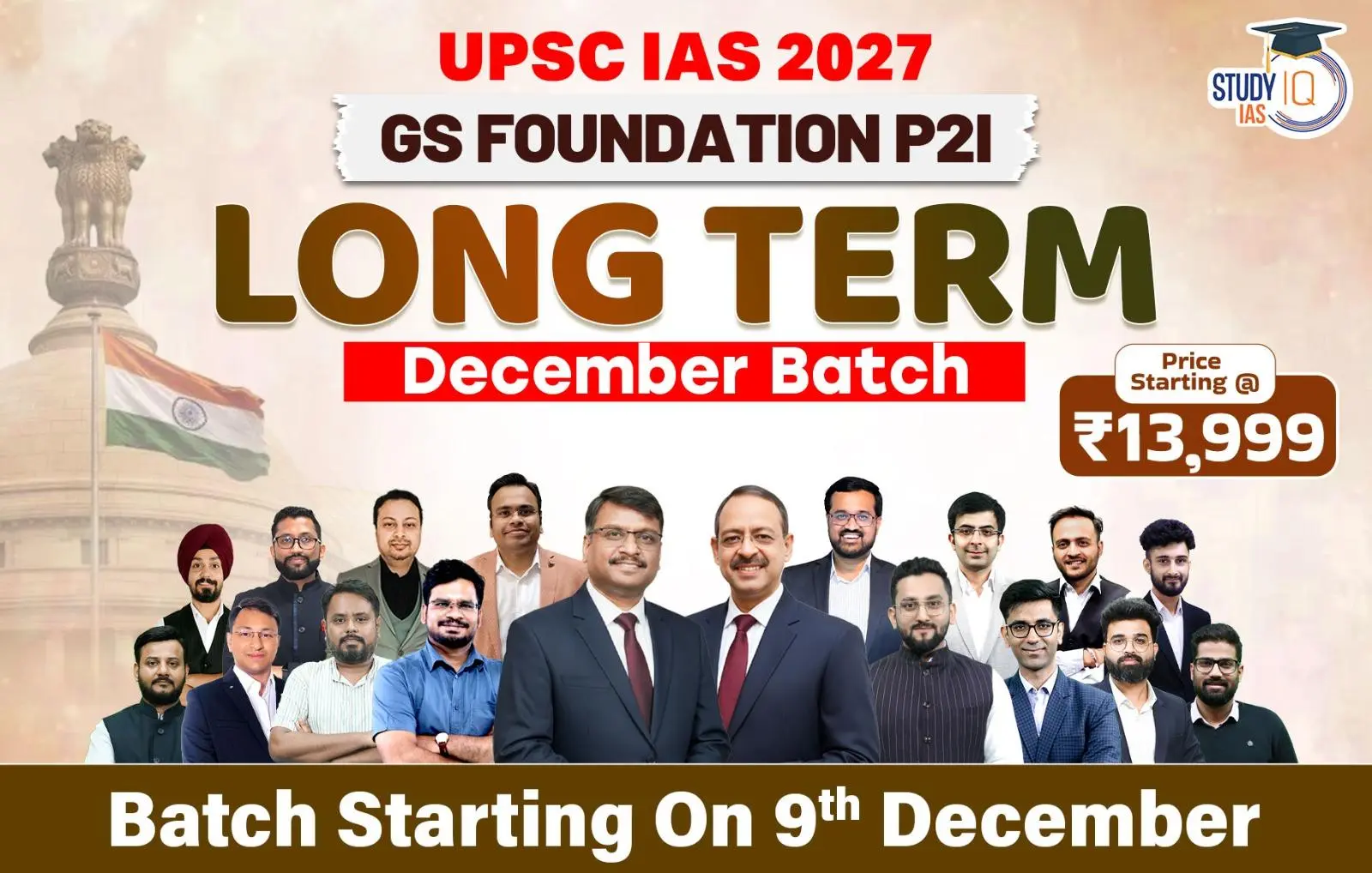Table of Contents
World Employment and Social Outlook Report
Context: Recently The International Labour Organisation (ILO) released its World Employment and Social Outlook September 2024 Update.
Major Highlights of the September Update:
- It has pointed out rising inequality worldwide due to stagnant labour income.
- A major factor behind this decline is Artificial Intelligence (AI) & COVID Pandemic.
- AI has improved productivity but simultaneously it has reduced workers’ income share.
- From 2019 to 2022, the share of global income going to workers dropped by 0.6 percentage points and has stayed at that level since then.
- The COVID-19 pandemic significantly contributed to this, with nearly 40% of the reduction occurring from 2020 to 2022.
- The report also noted slow progress toward achieving Sustainable Development Goals (SDGs) as their 2030 deadline approaches.
| About ILO |
|
Global Capability Centres (GCC)
Context: A Memorandum of Understanding (MoU) is signed between Assurant, a Fortune 500 Insurance and Finance company and the Tamil Nadu government for setting up a GCC in Chennai.
What are GCC’s ?
- It is a strategic outpost/branch set up by multinational corporations (MNCs) to perform specialised functions for their parent organisation.
- Functions of GCC:
- Driving Innovation: Create new products or services, and conduct research.
- Managing Technology: Handling IT systems, software development, cybersecurity, and other tech needs.
- Handling Back-Office Tasks: They take care of finance, human resources, procurement, and customer support.
- Ensuring Compliance: They make sure the company meets legal requirements and manages risks in global operations.
- In India, GCCs have evolved into Innovation Hubs and Centers of Excellence (CoEs).
- Top Destinations for setting up GCCs in India: Bengaluru, Gurugram, Hyderabad, Mumbai, Delhi-NCR, and GIFT City
Genome Sequencing of Chandipura Virus
Context: The Gujarat Biotechnology Research Centre (GBRC) in Gandhinagar has published the only fully mapped genome of the Chandipura virus (CHPV).
What is Genome Mapping ?
- It refers to the process of determining the location of genes on an organism’s chromosomes.
- It provides important information about;
- where a virus comes from
- how it is changing
- whether it has any mutations that are likely to make it more transmissible or deadly.
- Types of Genome Maps:
- Genetic Maps: These maps show the relative positions of genes based on how often they are passed together through recombination.
- Physical Maps: These maps show the exact positions of genes by measuring distances in DNA base pairs.
| Related Information |
|
Exemption of Export led Green Hydrogen projects from Solar Shortlist
Context: The Ministry of New and Renewable Energy (MNRE) has exempted export-oriented green hydrogen projects from its solar module shortlist of domestic manufacturers.
What are different types of Hydrogen ?
- Green hydrogen:
- It is produced by splitting water into hydrogen and oxygen using renewable energy sources like solar or wind power.
- It is a clean energy source and is considered climate-neutral.
- Grey hydrogen:
- It is produced from fossil fuels (natural gas, coal etc.)
- Its production releases carbon dioxide into the atmosphere.
- It’s the most common type of hydrogen produced currently, accounting for about 95% of the world’s hydrogen supply.
- Blue hydrogen:
- It is produced using the same process as grey hydrogen but its carbon emissions are captured and stored.
- It is more environmentally friendly than grey hydrogen, but its production is more expensive and has technical challenges.
- Pink hydrogen:
- It is produced by splitting water into hydrogen and oxygen using nuclear energy-powered electrolysis.
- It is also known as purple or crimson hydrogen.
- Turquoise hydrogen:
- It is produced from natural gas through a process called methane pyrolysis.

| Approved List of Models and Manufacturers (ALMM) |
|
Real Time Monitoring at Highway Toll Plaza
Context: The Ministry of Road Transport & Highways (MoRTH) has developed a GIS-based software for Real-time monitoring of the waiting time at the Toll Plazas.
About the Software
- Developed by: Indian Highways Management Company Limited (IHMCL)
- Significance: It will help the NHAI officials to check the congestion at specific lane levels to ensure the free flow of traffic.
- Features:
- It will provide details related to the live status of queue length in metres, total waiting time and vehicle speed at the toll plaza.
- It will also provide congestion alerts and lane distribution recommendations if the queue of vehicles at a toll plaza is more than the prescribed limit.
- It will provide updates on current weather conditions and information about local festivals.
- This will help NHAI officials take pre-emptive measures to manage the traffic load and decongest the toll plazas.
- Presently it is being implemented at the 100 toll plazas and will be extended to more toll plazas in a phased manner.



 Assam’s Majuli Hosts ‘Charaichung Fe...
Assam’s Majuli Hosts ‘Charaichung Fe...
 BlueBird-6 Satellite: ISRO to Launch Hea...
BlueBird-6 Satellite: ISRO to Launch Hea...
 UNEP Champions of the Earth Award: UN's ...
UNEP Champions of the Earth Award: UN's ...

























